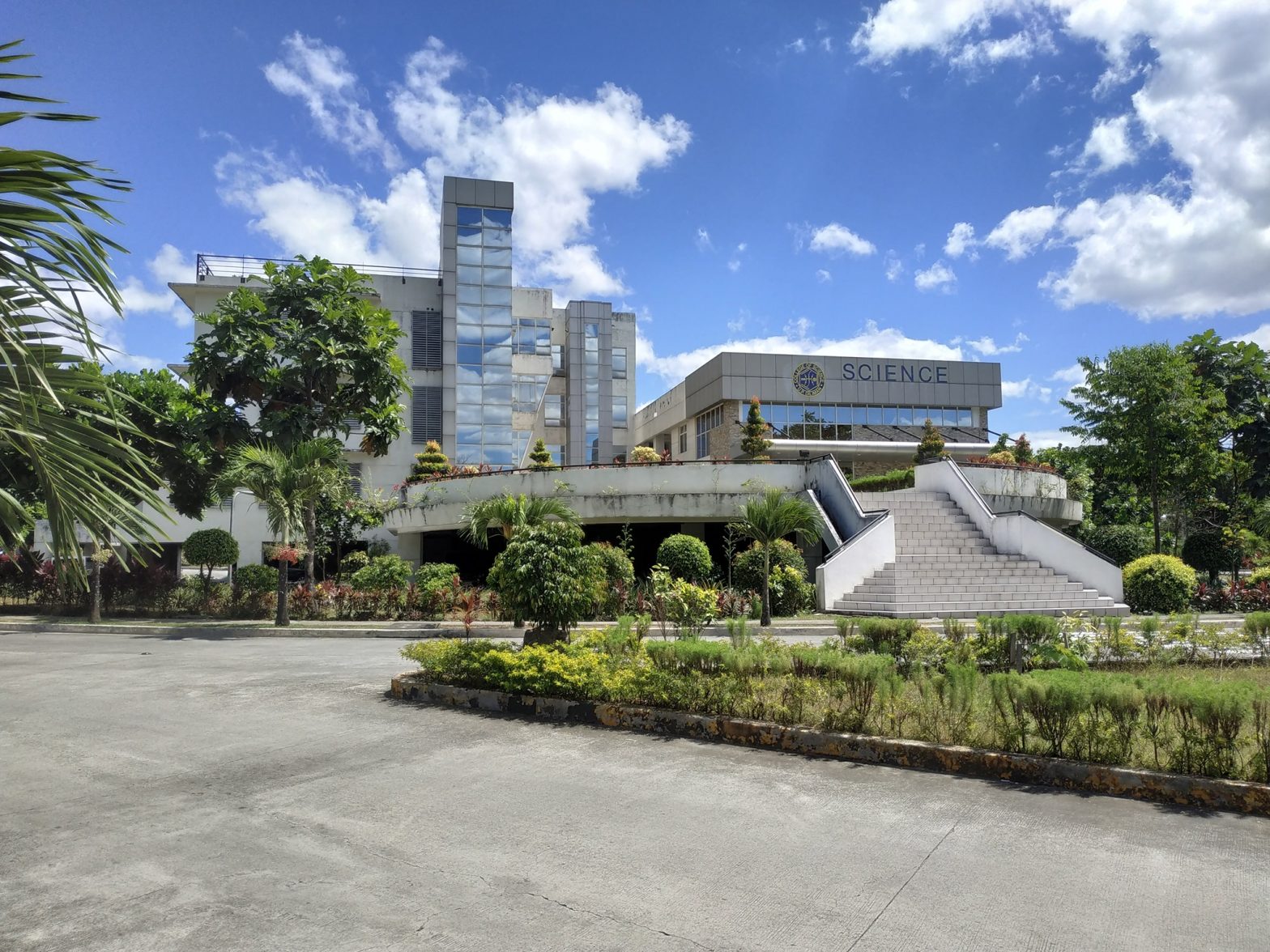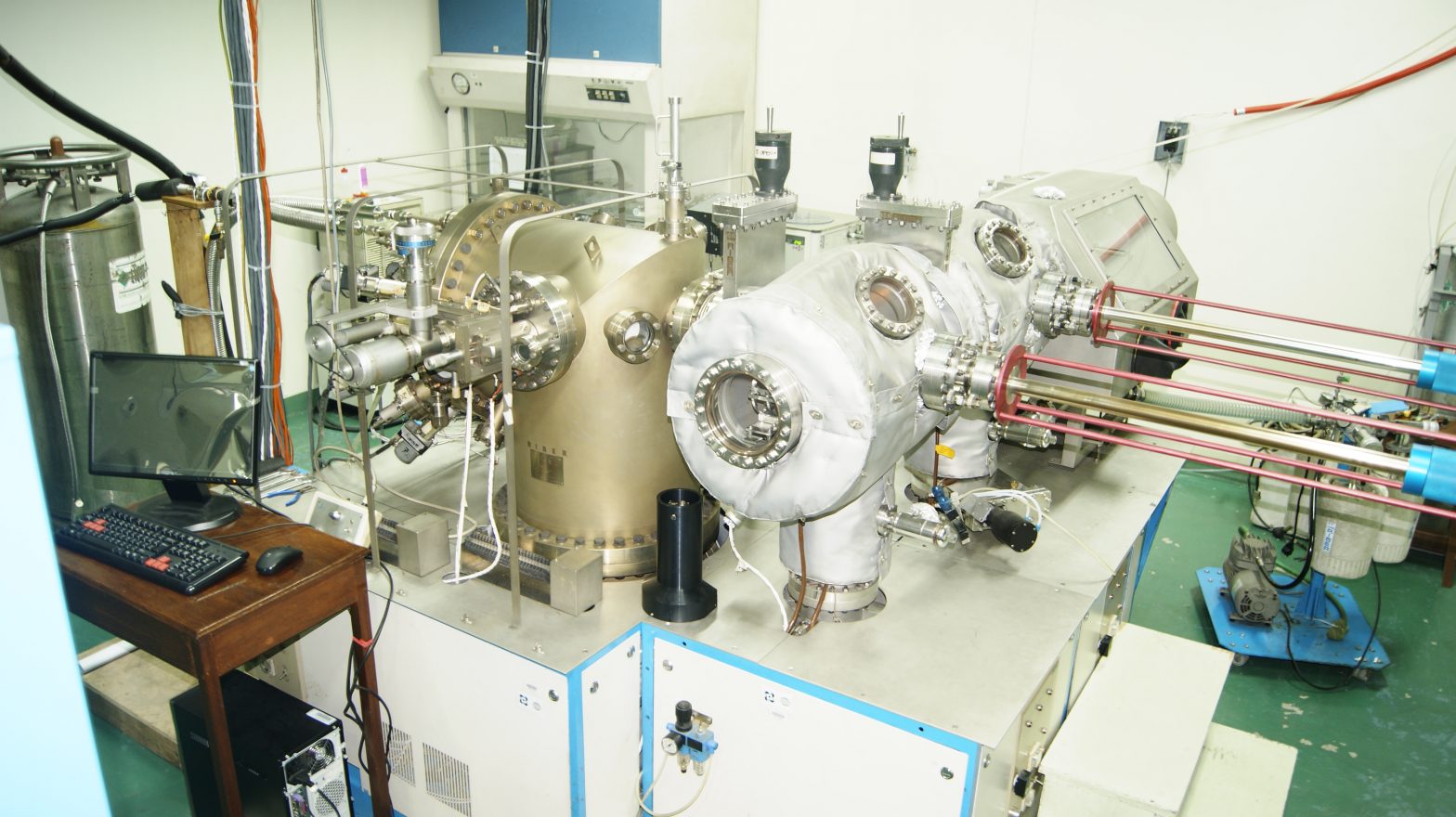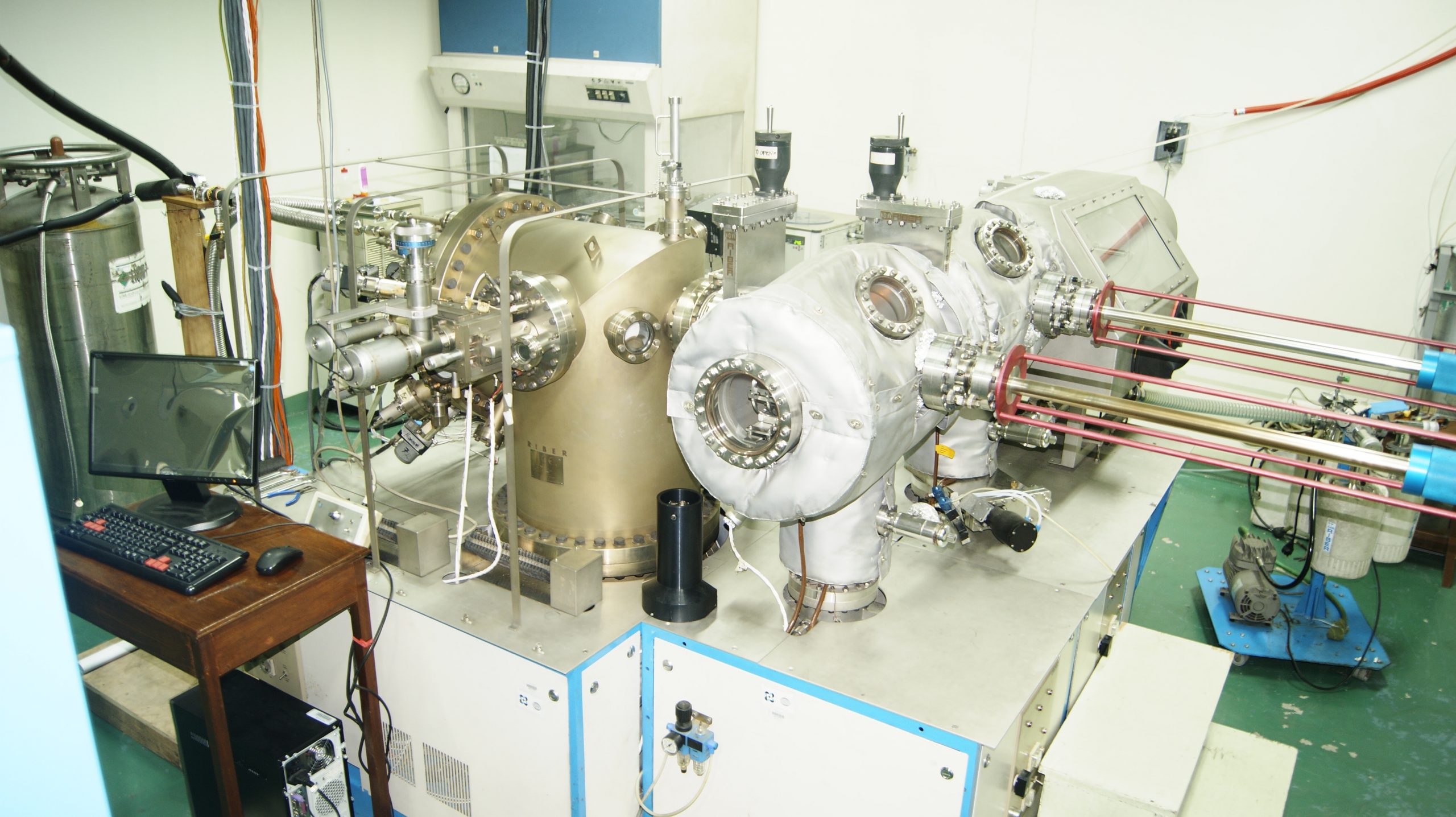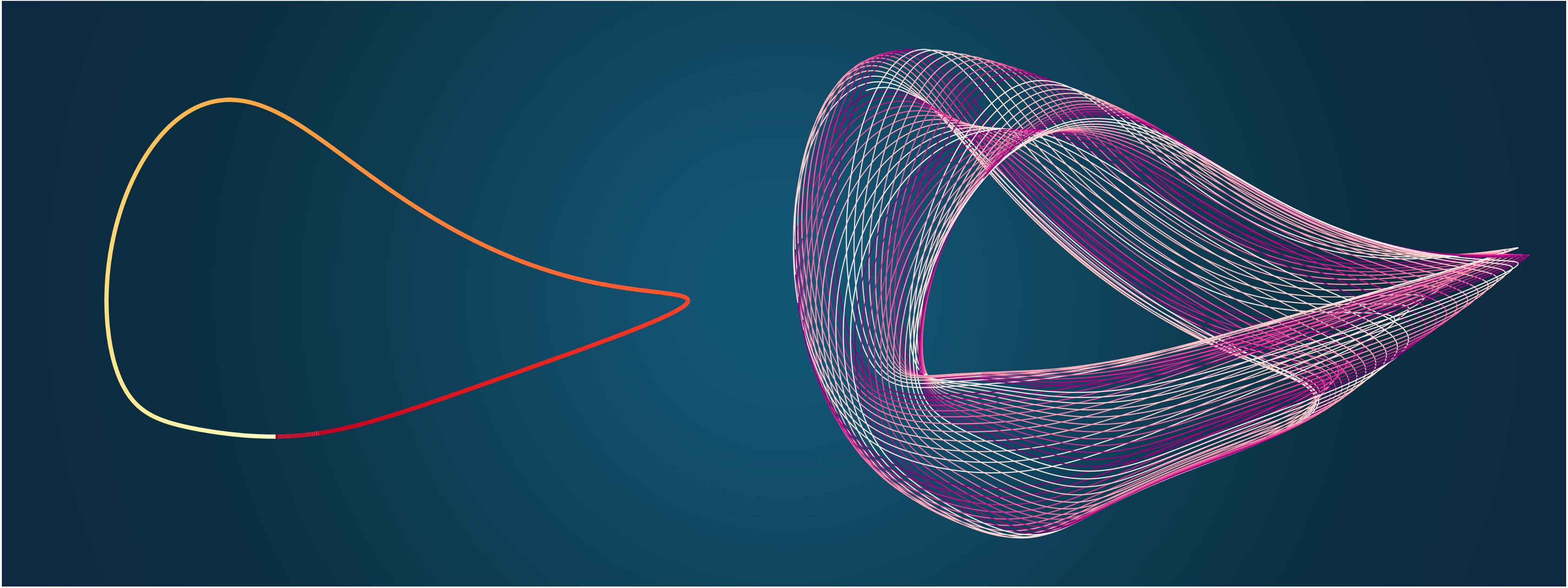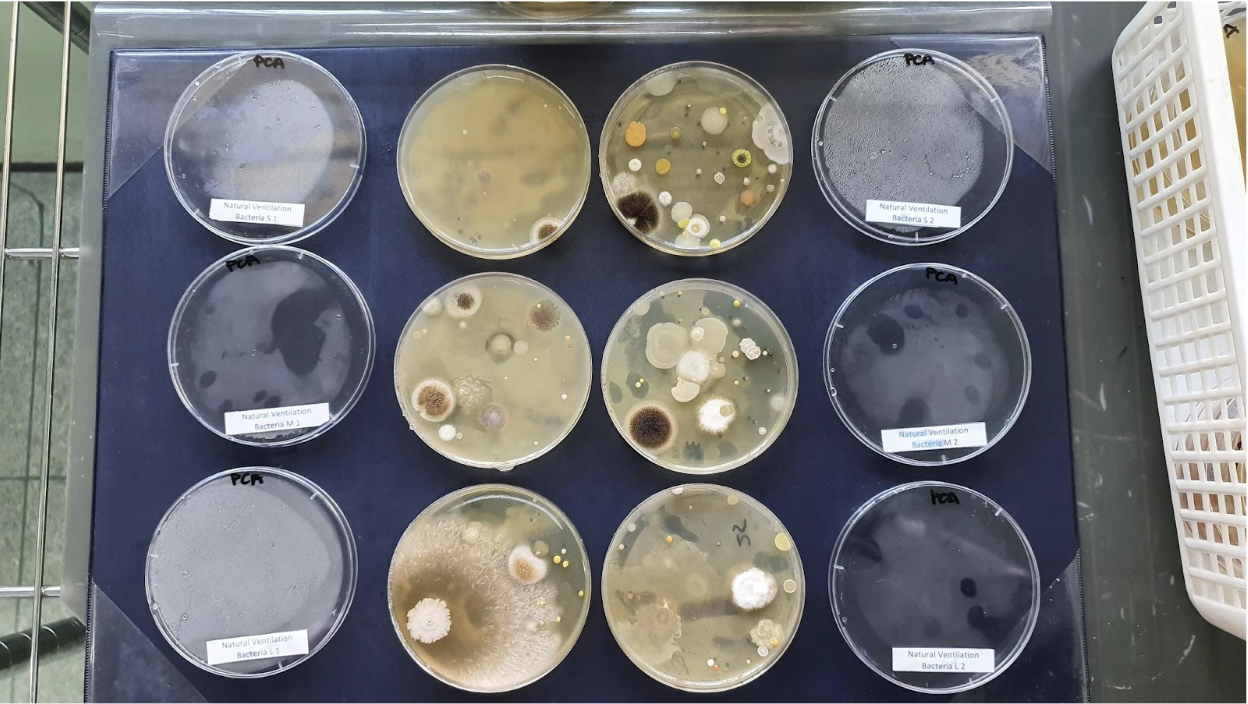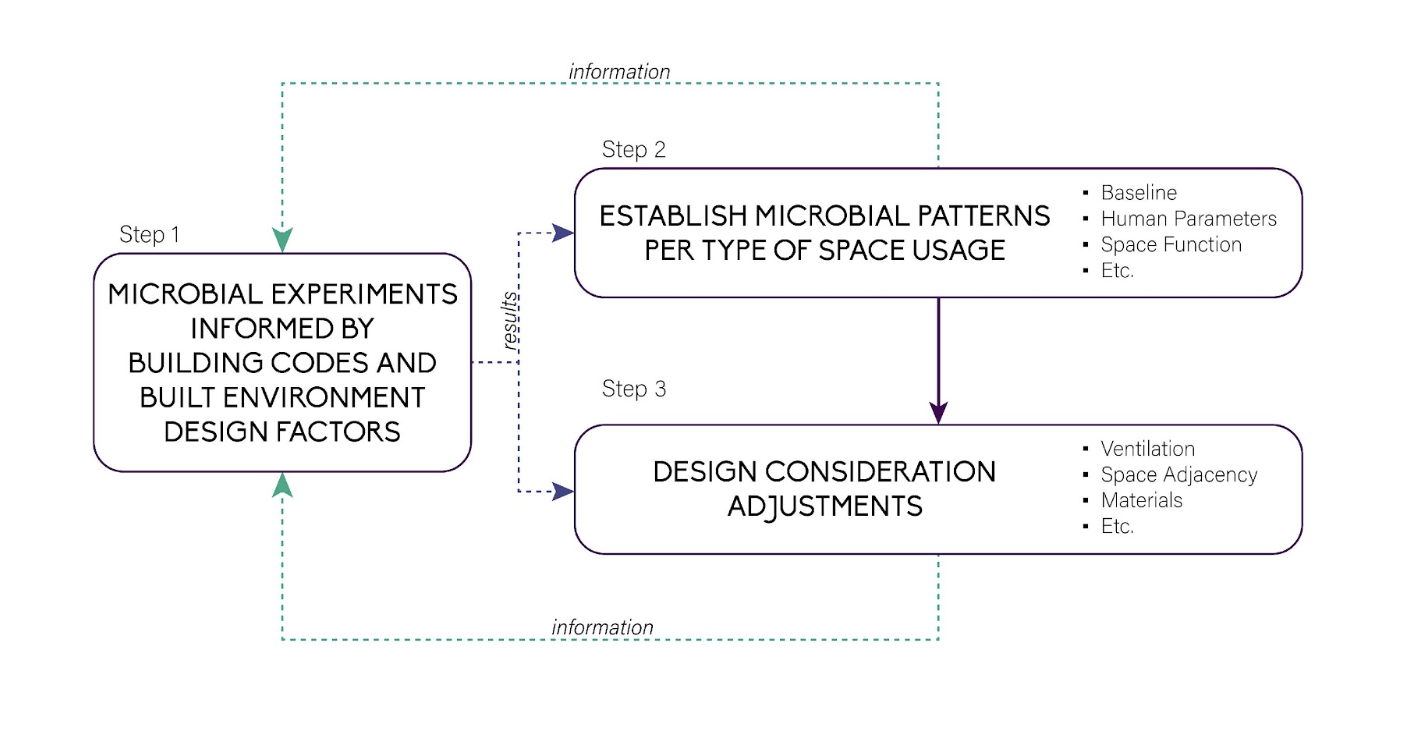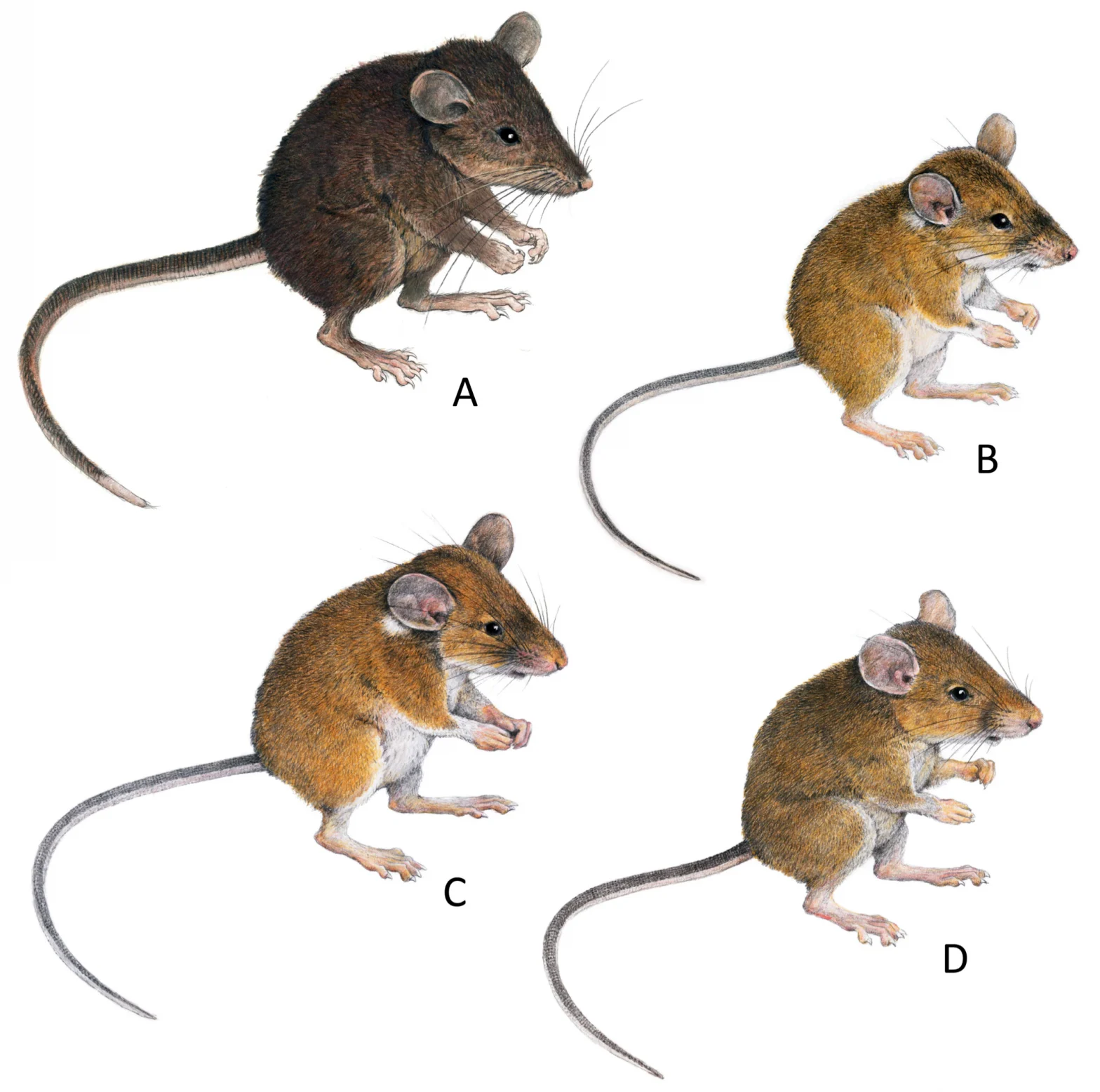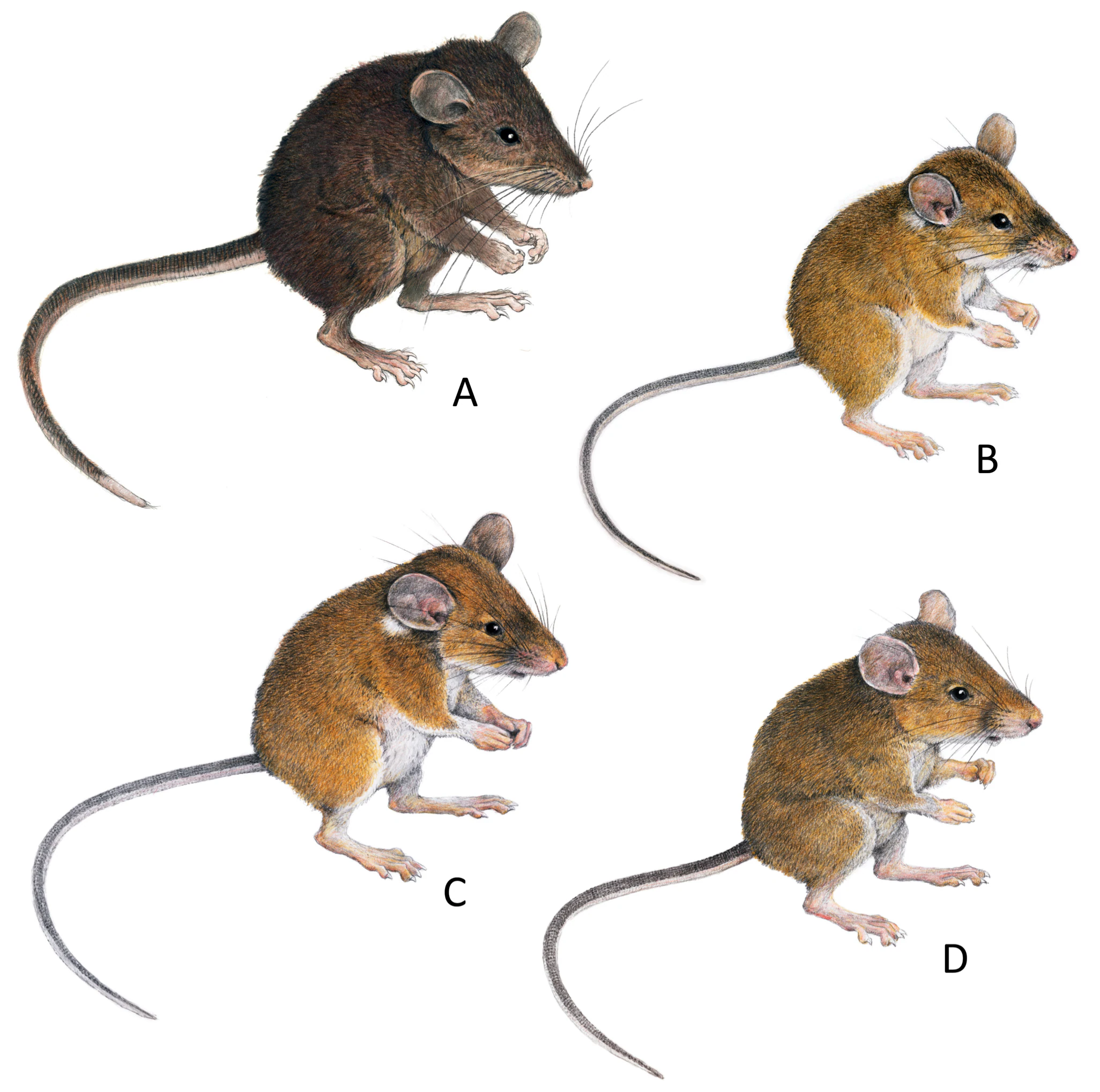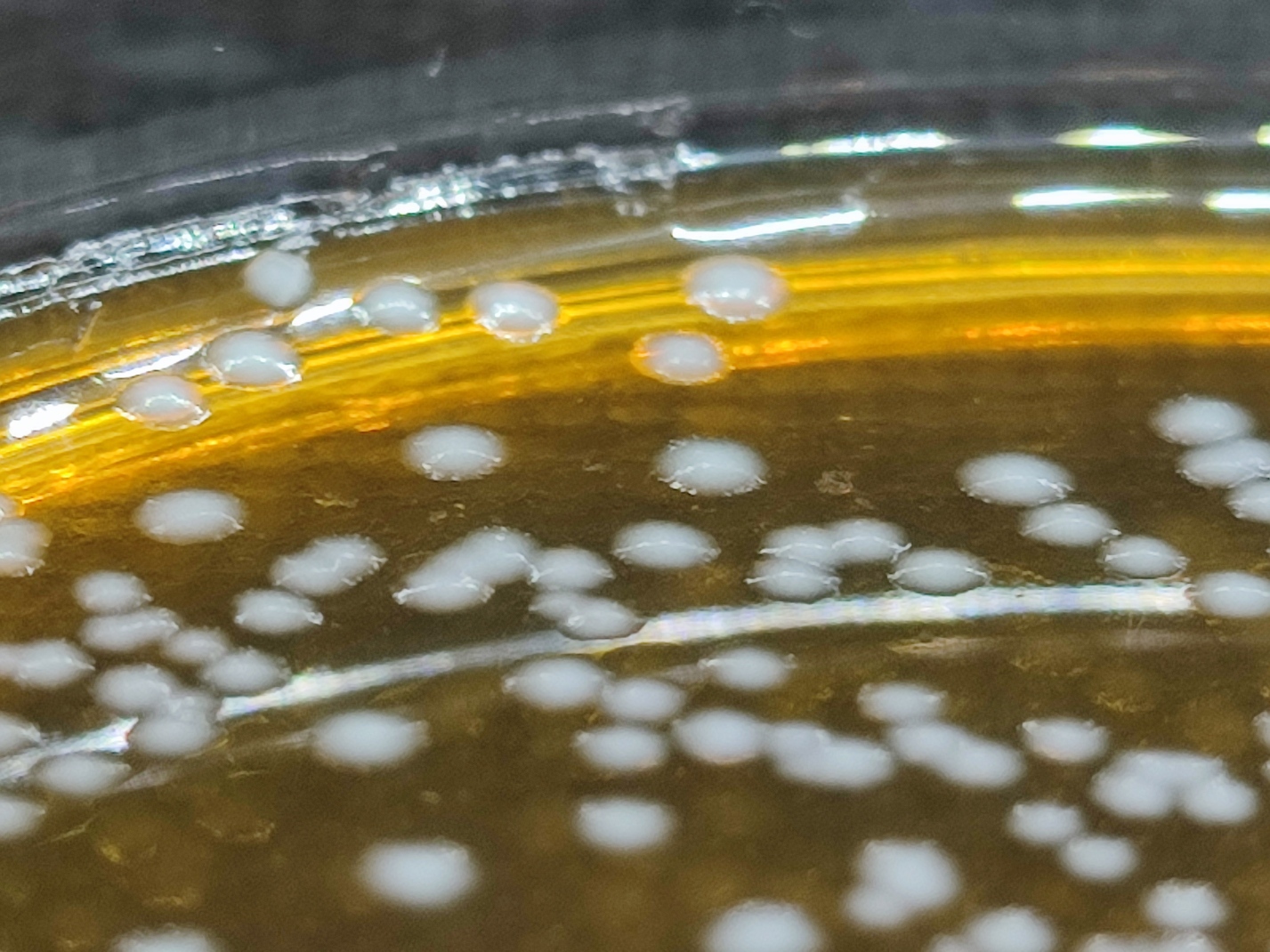Pag-assess ng mga Biologist sa kahalagahan ng tree cavities sa mga ibong gubat ng Subic, Philippines
Published: July 28, 2025
By: Eunice Jean C. Patron
Translated by: Dr. Ian Kendrich Fontanilla
Maraming ibon ang umaasa sa tree cavities, o mga butas ng puno, para mapugaran at magpalaki ng kanilang mga sisiw. Ang mga woodpecker, na kilala bilang pangunahing excavator, ay kayang lumikha ng kanilang sariling mga butas. Sa kabilang banda, ang mga non-excavator—tinatawag ding secondary cavity nesters—ay nakadepende sa mga likas o dati nang nahukay na mga butas para sa kanilang reproduksyon. Ang mga ibong ito ay nahaharap sa mga hamon tulad ng kakulangan ng angkop na mga butas, na maaaring maglimita sa paglaki ng kanilang populasyon. Upang maprotektahan ang mga ito, mahalagang maunawaan ang mga partikular na pangangailangan sa pugad ng bawat species ng ibon at kung paano sila nakikipag-ugnayan sa isa’t isa. Sa mga lugar tulad ng Pilipinas, kung saan ang mga kagubatan ay madaling maapektuhan ng mga pagbabago, mayroon pa rin tayong limitadong kaalaman kung paano namumugad ang mga ibong ito at kung paano sila konektado sa isa’t isa.
Sapagkat ang pag-aaral ng mga kinikilingang pugad ng mga ibon ay mahalaga para sa lalong pagpapabuti ng habitat management at pagprotekta sa mga endangered species, sinuri ng mga biologist mula sa University of the Philippines Diliman – College of Science (UPD-CS), sa pakikipagtulungan ng mga environmentalist mula sa iba pang institusyon, ang mga butas na ginagamit ng mga ibon sa Subic Watershed Forest Reserve, Zambales, Philippines.

Sina Vince Angelo Gicaraya mula sa Institute of Environmental Science and Meteorology (IESM) at Institute of Biology (IB) sa UPD-CS, Dr. Carmela Española mula rin sa IB at Natural Sciences Research Institute (NSRI), at mga biologist mula sa Biodiversity Management Bureau (BMB) ng Department of Environment and Natural Resources (DENR) at iba pang kawani ng DENR mula sa Pampanga, kasama ng mga lokal na guide at volunteer, ay nagsagawa ng isang survey ng mga established at off-trail route sa Subic mula Pebrero hanggang Hunyo 2022.
Nakahanap ang grupo ng mga pugad ng 10 species ng mga ibong namumugad sa butas sa kapwa buhay at patay na mga katutubong puno, kabilang na ang kupang (Parkia timoriana) at puting lauan (Shorea contorta). Gamit ang multinomial logistic regression modeling, natuklasan nila na ang mga katangian ng butas—gaya ng lalim, volume, at entrance area—ay may mahalagang ginagampanan sa kung paano pinipili ng mga species ng ibon ang kanilang mga pugad. Ang pananaliksik ay hindi lamang dinidiin ang kahalagahan ng pag-aalaga at pagtatanim ng mga katutubong puno upang suportahang mamugad ang mga ibong ito; nagbibigay din ito ng baseline data (mga sukat) para sa pagbuo ng mga conservation tool (tulad halimbawa ng mga artipisyal na pugad na hugis kahon at naaayon sa bawat species) lalo na para sa Philippine Red Listed na Critically Endangered Blue-naped Parrot (Tanygnathus) at Vulnerable na Lupinellas (Tanygnathus).
Ipinakita rin ng pag-aaral na 63% ng mga ginagamit na pugad ng mga non-excavator na ibon ay ginawa ng mga woodpecker, na nagbibigay-diin sa kahalagahan ng mga woodpecker sa pagbibigay ng mga pugad sa maraming species ng ibon.
“Ang uri ng pag-aaral na ito ay ang pangalawa lamang sa Asya—at ang una sa Pilipinas—na sumusuri sa nest web interactions sa level ng ecological community,” paliwanag ng grupo ng mga biologist. Ang web nest interactions ay tumutukoy sa paraan ng pagkonekta ng iba’t ibang hayop, lalo na ng mga ibon, batay sa paggamit ng mga butas ng puno bilang mga pugad. “Hindi tulad sa Europa na di hamak na mas malamig at maging sa Timog Amerika na may klimang subtropikal, na kung saan ang mga woodpecker sa mga lugar na ito ay hindi itinuturing na keystone species—o mga hayop na may malaking ginagampanan sa kanilang kapaligiran—ang pag-aaral na ito sa Subic ay nagpapatunay sa mahalagang ginagampanan ng mga woodpecker sa mga tropikal na kagubatan, na maihahambing sa mga resulta ng ibang pag-aaral sa India at Canada.”
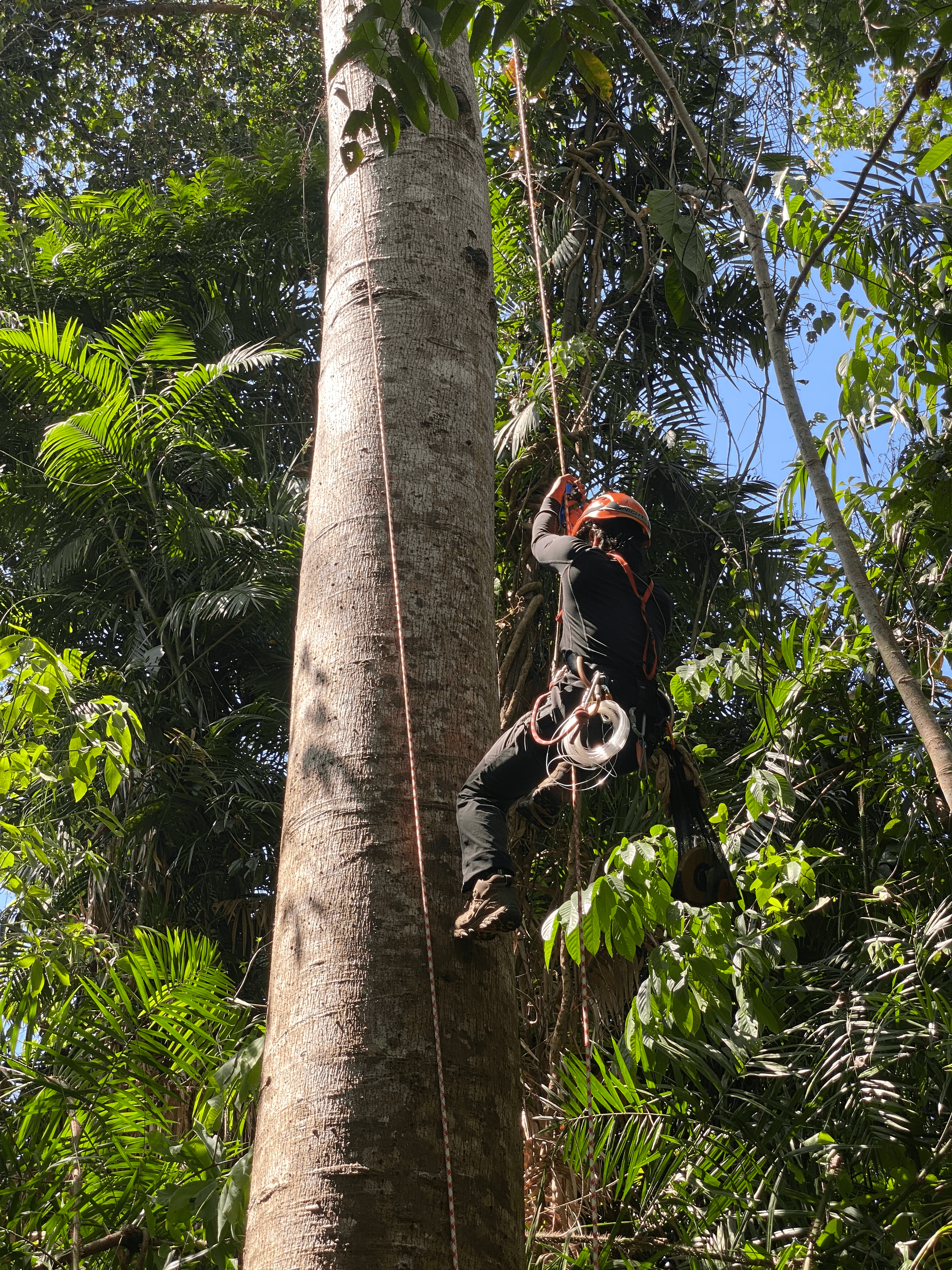


“Ipinapakita ng mga resultang ito ang kahalagahan ng pagbigay ng prayoridad sa pananaliksik at mga conservation efforts ng mga pangunahing excavator—mga ibon tulad ng mga woodpecker na gumagawa ng sarili nilang mga pugad—sa Pilipinas, kung saan ang mga species na ito at ang mga umaasa sa kanilang mga nesting site ay nananatiling hindi gaanong napag-aaralan,” dagdag nila.
Ang pananaliksik, na pinamagatang “Cavity characteristics explain the differences in realized nest niches among tree cavity-nesting birds in a lowland tropical forest in Luzon Island, Philippines,” ay nailathala sa Annales Zoologici Fennici, isang journal publication na nagbabahagi ng mga orihinal na ulat sa pananaliksik, malalim na pagsusuri, at komentaryo sa lahat ng aspeto ng ekolohiya ng mga hayop, ebolusyon, at mga kaugnay na larangan.
Ang pag-aaral na ito ay pinondohan ng NSRI at ng Department of Environment and Natural Resources Foreign-Assisted and Special Projects Service (DENR-FASPS) sa pakikipagtulungan ng BMB at IB.
References:
Gicaraya, V. A., Española, C. P., Quijano, E. S., Soriano, K., Torio, E. S., & Naguit, D. R. (2025). Cavity characteristics explain the differences in realized nest niches among tree cavity-nesting birds in a lowland tropical forest in Luzon island, Philippines. Annales Zoologici Fennici, 62(1). https://doi.org/10.5735/086.062.0105
For interview requests and other concerns, please contact media@science.upd.edu.ph.


